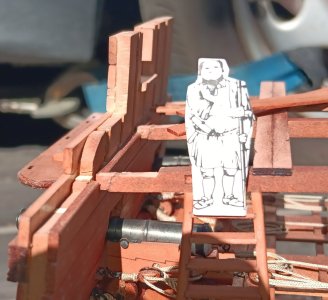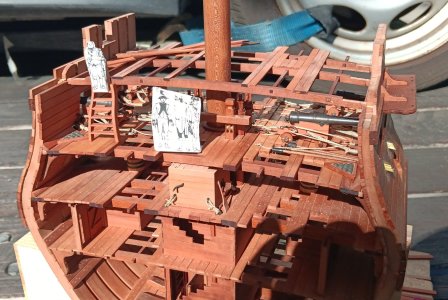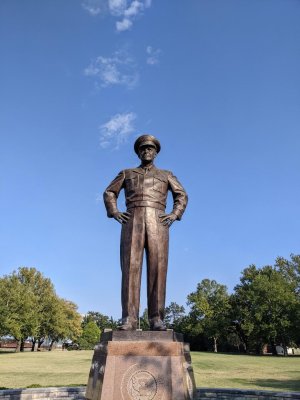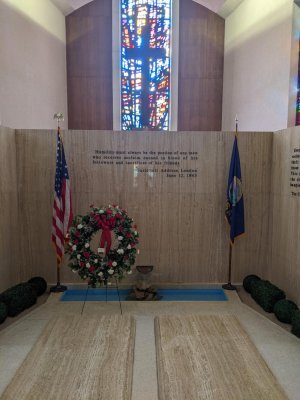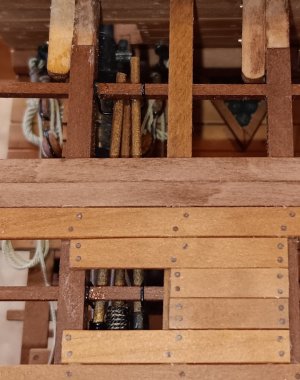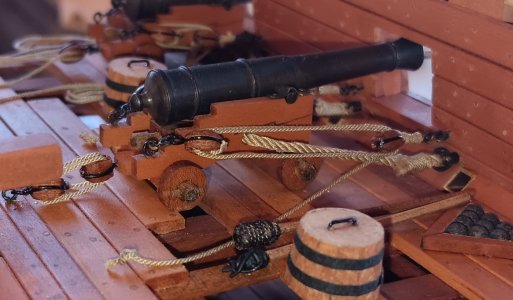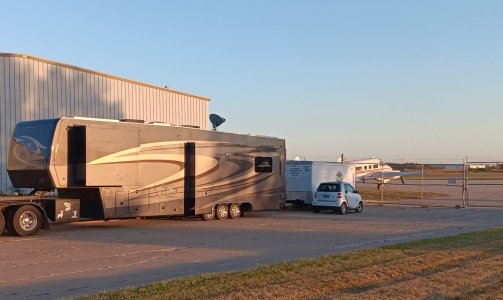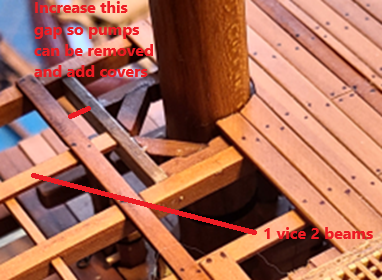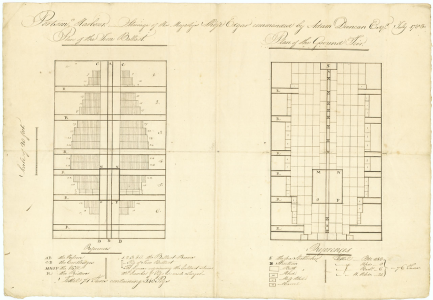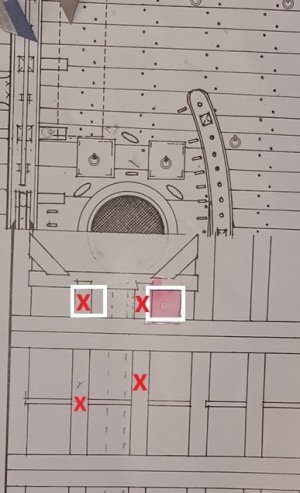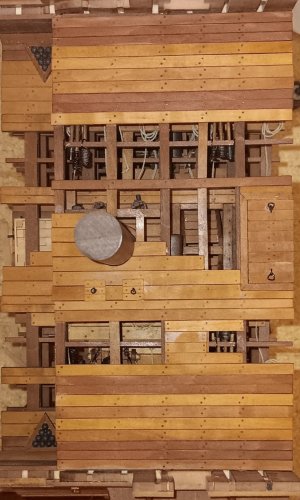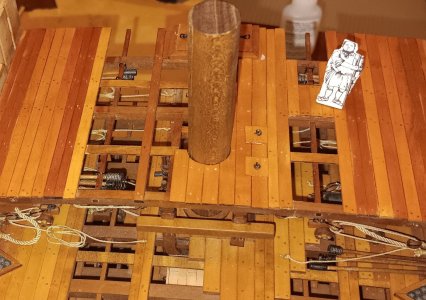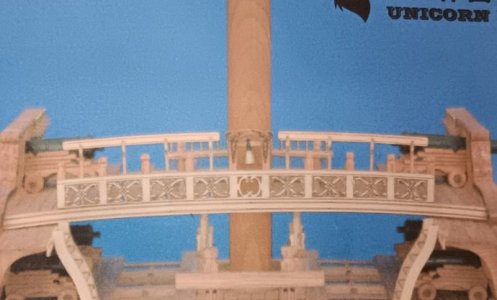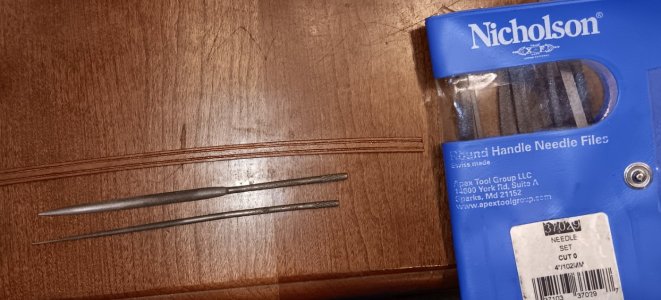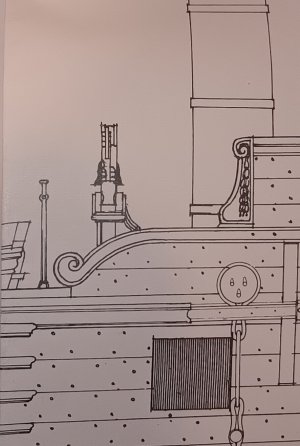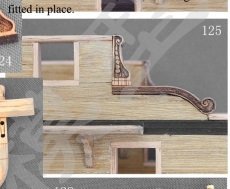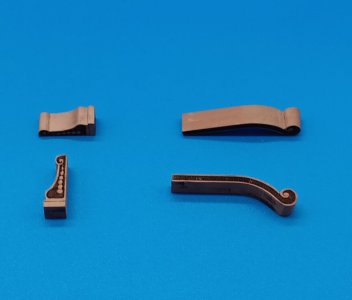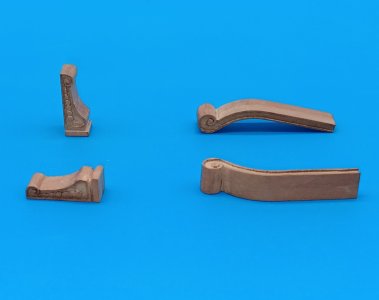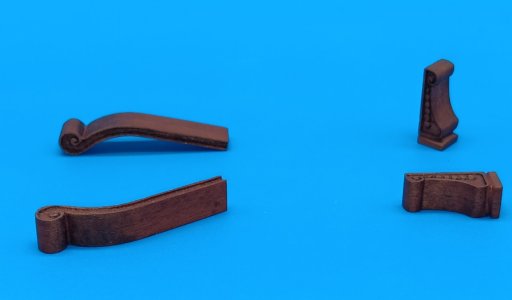Hallo @BradNSWDHL delivery from China Today!!! I'll post a few pictures from the unboxing below. Next post, I'll discuss my thoughts on making a duplicate with a bunch of Alder I have from a recent project.
First impressions:
1. Kit arrived via DHL in Eight days! It was well packed and looked pristine when I removed the exterior wrapping (photo 1).
2. There is a very large plan sheet (photo 2) is just 1/4 of the sheet. Printing is clear and precise. Translations from Chinese to English look adequate.
3. There is also a set of smaller drawings on a dozen or so sheets that show specific instructions and details (photo 3). Again, clear images and translations look adequate.
4. The wood (pictures 4 &5) looks like quality fine grain wood. It seems a slightly shade of pink than other pear wood I've worked with. We'll see how it sands and accepts stains/oils/etc. The laser etching is extremely fine and accurate and it doesn't look like the char extends too deep...more to follow as I begin detaching pieces.
5. The accessories look fine. Cannons, deadeyes and blocks look excellent (photo 6). Much of this may be substituted or swapped out (line, wire, etc) as I customize and fine tune things.
The construction cradle sheets look very accurate and substantial enough to keep things aligned.
View attachment 424218
View attachment 424219
View attachment 424220
View attachment 424221
View attachment 424222
View attachment 424223
we wish you all the BEST and a HAPPY BIRTHDAY

Enjoy your special day






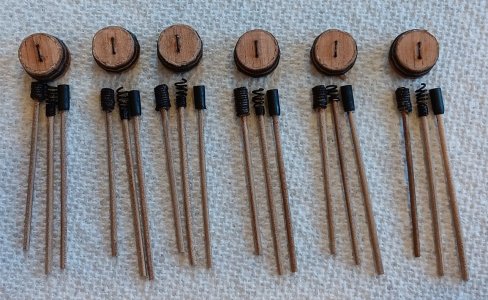
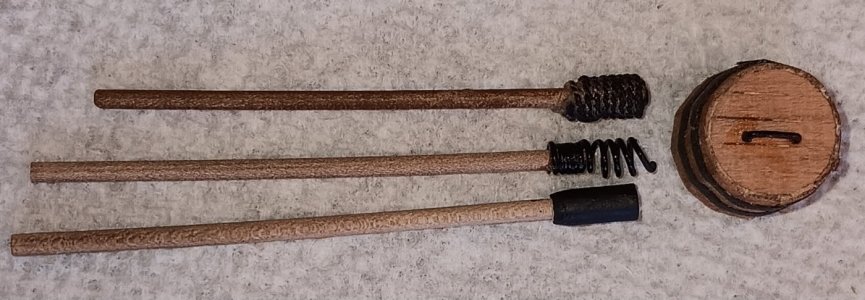
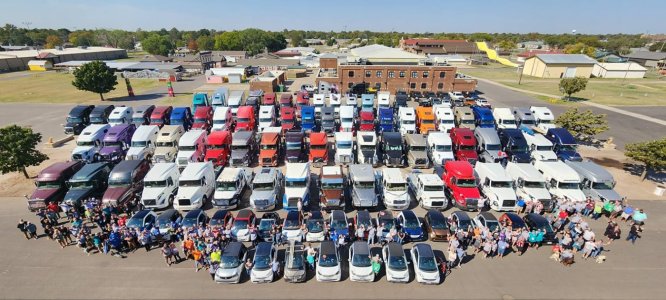
 . Cheers grant
. Cheers grant